The Reveni Labs spot meter is a little bit different from anything else I’m aware of that offers true spot metering. It’s smaller, lighter and has a fairly impressive range of features. It’s also – at least to my knowledge – unique in terms of its user interface, all of which makes it quite compelling, even to someone who doesn’t often use a spot meter.
Not so long ago I published an article that detailed my experiences with a range of compact shoe mount light meters. These sorts of meters are everywhere these days with brands clamouring for market share. They do all offer their own unique selling points, but ultimately – provided you don’t cheap out too much – they are all basically just small reflective meters that sit on the shoe of a camera and offer a useful but fairly basic light meter reading.
One of the shoe mount meters I reviewed is the Reveni. The Reveni takes the prize for being the smallest. It’s a little more fiddly than some of the others because of this, but essentially it’s a good meter. Its small size allows you to mount it on more cameras than the others, and this was a big draw for me.
The Reveni was actually one of the first of this recent wave of shoe mount meters. There were a few on the market already, including the Keks and a few lower quality Chinese models, but what caught everyone’s attention when it came to the Reveni was the size. Matt Bechberger, the man behind the Reveni brand, clearly saw a hole in the market for a meter that could be fit onto any camera with a shoe. That is to say, he had an eye for a unique selling point, and it was this that helped the kickstarter reach its CA$124,342 – 7.7 times it’s CA$16,000 goal.
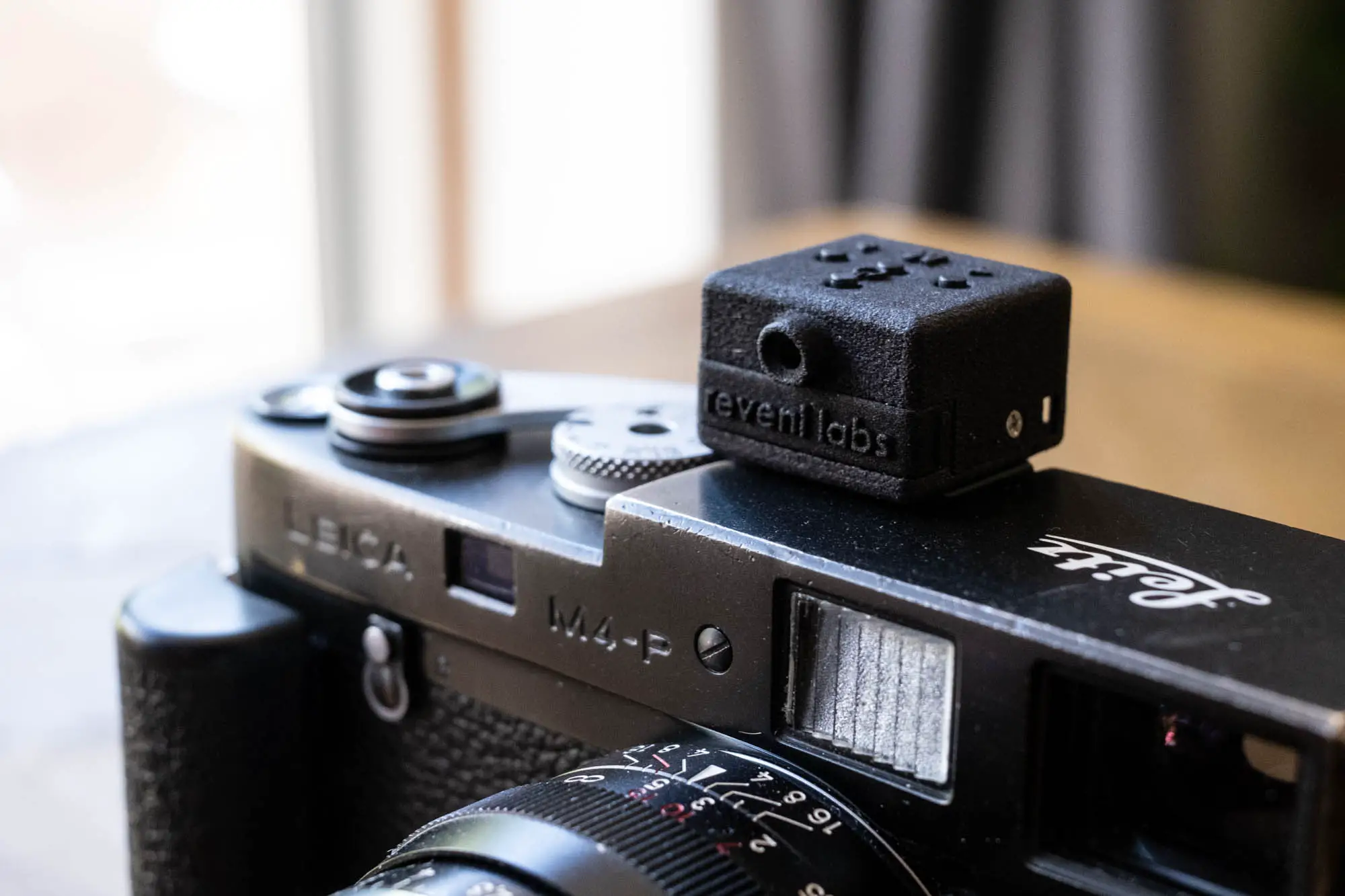
This article isn’t about the shoe mount meter though, it’s about what Matt did next. It’s about the Reveni Labs spot meter. Spot meters are, at least I would argue, much more of a niche product. There’s also a few of them on the market already. It’s these two factors that make the success on Matt’s next Kickstarter all the more impressive to me. The Reveni Labs spot meter raised CA$281,760 of its CA$28,000 goal. That’s just over 10x the goal, and a lot of cash to raise for such a niche product!
So why the success? Well, to my mind – apart from the fact that Matt had built a certain amount of trust and following with his first Kickstarter – the answer to that question comes down to the fact that what the Reveni Labs spot meter offers is unique. It has a USP (unique selling point) that brings a genuine advantage over its competitors. And just like the Reveni shoe mount meter, the USP is size. That is to say, this meter is smaller than any other spot meter on the market.
Size & Weight
The Reveni Labs spot meter is just 71 x 30.5 x 38mm. It’s small enough to put in a pocket and hardly feel it’s there. It’s also really light weight at ~30g and so can be carried very comfortably on a lanyard.
Now, I do think it’s possible to make an argument that spot meters don’t need to be small. I’d say a good percentage of people who use them are already carrying larger cameras and possibly even a tripod, so what’s an extra few grams? Well, for me – were I to be the sort to want to carry a massive camera, I’d probably be thinking of every way I could save grams on the stuff I also had to carry. This is why carbon fibre tripods exist. For me though, the big advantage of the small size is that it opens up spot metering to a different group of photographers.
I already own a spot meter. I have a lovely old Pentax spot meter that at some point in its lifetime had some tweaks by Zone 6 – a company that, at least as far as I gather, tweaked the precision of the meter and added the zone metering scale to the top of the meter. It is, in short, a very good meter. I haven’t used it for years – the reason being that it’s just too big. I’m not the sort to carry big cameras often. And when I am, I definitely don’t need any more crap to carry with me. This website was born out of my love for small gear. So I’m already pushing the limits with a big camera.
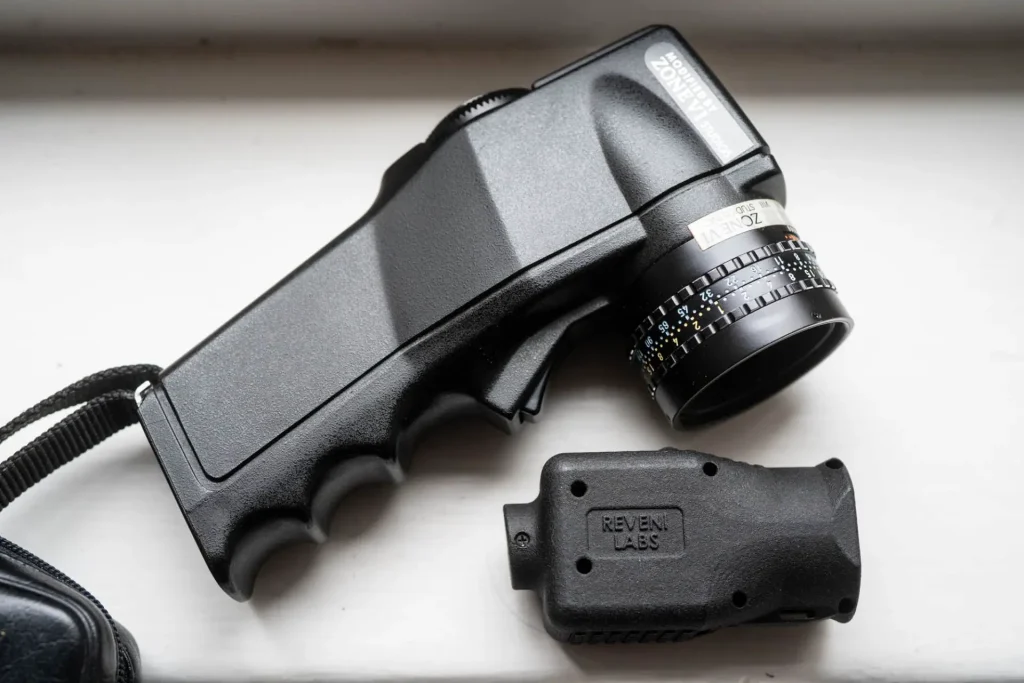
That said, I’ve actually not taken a big camera out with me since I’ve had the Reveni Labs spot meter. The times I have taken it out, I’ve taken it with my M3 and my Contax 139Q to compare readings. Shooting the M3 with the Pentax never made sense to me. It did inasmuch as I found it very useful, but using a meter that feels almost as big a burden to carry as the camera bothered me – especially in the summer when I didn’t have coat pockets to put it in.
This wasn’t the case with the Reveni Labs spot meter. With it being so small and light, I felt a lot more comfortable just chucking it in my pocket. Of course, I might be the odd one here, but I suspect there must be at least a few people out there who want to use a spot meter with a smaller camera and don’t want to be burdened with a big lump of a thing. In short, a win for the Reveni Labs spot meter in terms of its USP.
User Interface
A big part of what helps keep the Reveni Labs spot meter so small is its user interface. The majority of spot meters allow the user to target the subject they want to meter with a magnifying lens that’s looked through. Looking through the lens, the user can see both the subject and the light meter reading.
The Reveni Labs spot meter is a little different. Rather than looking through the meter, you just look into it. There’s a OLED screen inside that has a target in the centre which is surrounded by various metering information. The clever bit is that it take advantage of how the human eyes and brain work. If you’ve ever come across the Voigtlander Kontur viewfinders, you’ll have experienced this before. By looking into the viewfinder with one eye, whilst keeping the other eye open, your brain effectively superimposes the target onto the world in front of you.
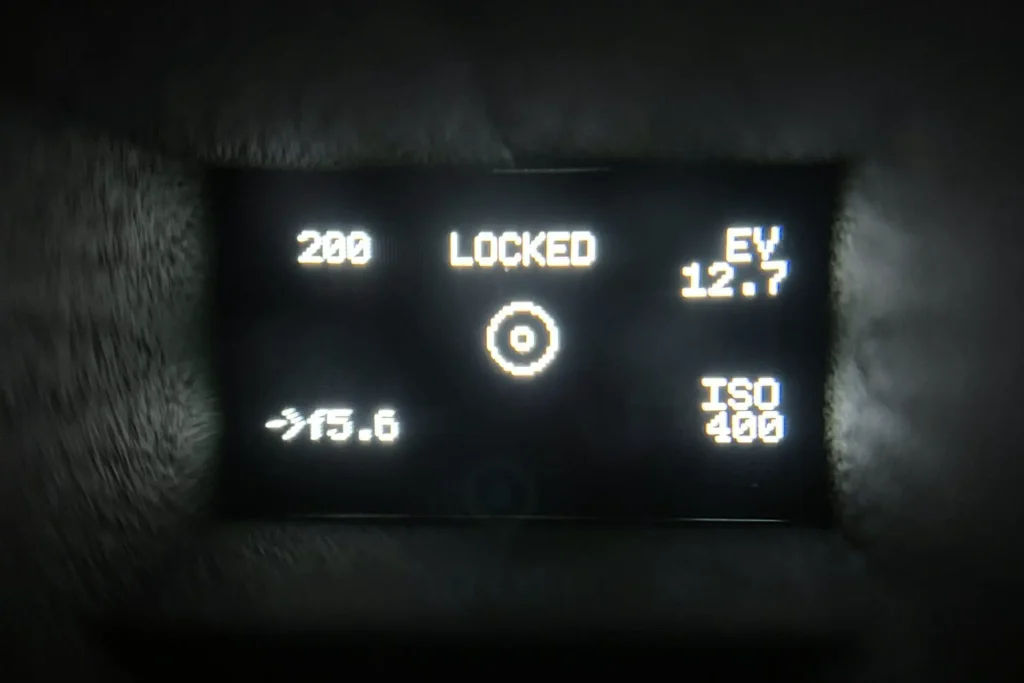
I showed my wife this telling her how clever I thought it was. She shot me down explaining that it’s not clever at all, the clever bit is the brain and eyes. I think she has a point too, though I would argue that it is at very least quite canny to make a product that takes advantage of the way our eyes and brain work like this. Not least, because it keeps the meter smaller and lighter.
Controls
The Reveni Labs spot meter is controlled via 4 buttons on the top. Any one who has used the Reveni shoe meter should be fairly familiar with the ‘power/meter’, ‘menu’, and ‘left’/‘right’ button layout. They are also very similar in terms of the size of the button, though are thankfully a little further apart which makes it easier to find them on the top of the meter when you have it to your eye.
They do take a little getting used to in terms of remembering what each button does, especially when it comes to when the menu button should be pressed verses when the meter button should. Fortunately, as I will come to, the single reading menu is very quick and easy to use, and whilst the other modes are a little slower and fiddly, they tend to be used for slower styles of shooting anyway.
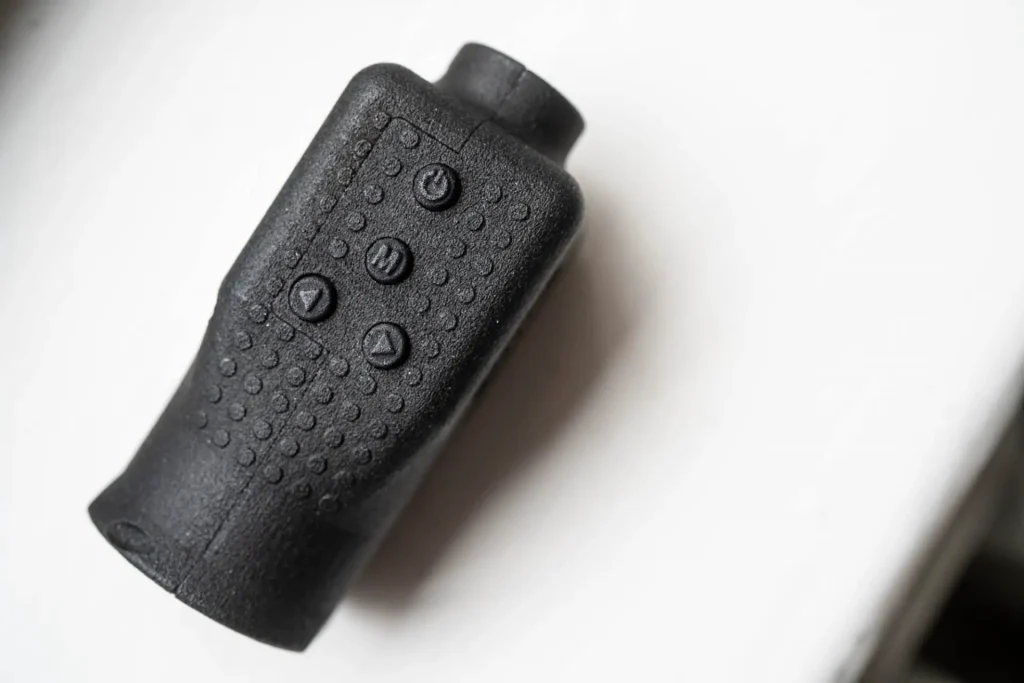
Features
The Reveni Labs spot meter has a very interesting range of features, though I must admit, I am essentially a spot meter novice, so I’ve primarily used it in the single metering mode (more on that in a second).
That said, I definitely have an appreciation for the other modes and what they offer, and have found myself increasingly motivated to experiment with them. I think it would have been quite easy for Matt just to have kept this meter super simple and just included the single metering mode. Instead, he’s included a few other modes that will definitely appeal to a lot of people. With more use, and/or were into take the meter out with a bigger, slower camera, I could definitely see me engaging with the more advanced modes.
Single metering mode
The Reveni Labs spot meter single metering mode is very quick and easy to use. In fact, the only thing that can slow you down is that the meter takes a second or two to power up. Once it’s on though, you simply press and hold the power/meter button for a constantly updating reading, then release to lock. Once locked in, you can then press and hold the mode button to compare that reading to other areas in the scene. The comparison is shown in both camera settings and EV difference.

Average Mode
The first of what I see as the more advanced modes is the average mode. This mode allows you to point the Reveni Labs spot meter at a shadow and then a highlight for two readings. It then combines the two to give an average. My Pentax doesn’t do this, so it’s not what I’m used to, but I did try it a few times and found the readings to be as expected. The trick, it seems, is to make sure the shadow and highlight are comparable in terms of the amount of stops they are away from middle grey. I discovered this for myself just tinkering with the meter, then read the instructions and found that it suggests to take readings from the darkest shadow and the lightest highlight where you are wanting to capture some detail. Makes sense. I suspect this is simply a spot metering technique that I just wasn’t aware of before, but either way as soon as I’d figured out how to use it, it made a lot of sense to me.
Zone Mode
There are whole books on the zone system. Whole series of books in fact. I can’t say I’ve ever used it properly myself, I’ve not read the books, or dug too deep into how it might work for me. But I do understand the basic principles and do use a “Zone System lite” method of metering myself once in a while.
What’s really good about the Reveni Labs spot meter is that once you get used to it, it feels like it taps really nicely into the principles of zone metering – at least as I understand them. Now, obviously, you’ll have to take this part of the review for what it is. Beyond the Pentax with its zone sticker, I’ve never used any other meters that tap into the zone system, so I can’t make many comparisons. But to my untrained eye, the Reveni Labs spot meter appears to make zone metering quite easy, and moreover easy to understand.
As mentioned, there’s a little bit of faffing working out which button you need to press to do what, but once you get the hang of it the user experience does improve. The only slight frustration I’ve is that I found myself a little slowed down by this metering approach when compared to my Pentax. But, I’m sure if I was using a slower to use, more deliberate camera, I’d probably have found the pace much more compatible. In fact, I know that would be the case.
Once you switch the meter into zone mode, the meter allows you to meter a point in the scene and then allocate a zone to it. It will then give you the middle grey reading based on that allocation. I initially thought this alone was really useful, but then – having bothered to actually read the manual – I discovered there was another step. Once you have taken that first reading, you can then point the meter around the scene at various areas of light and shade and it will tell you which zone they fall into.
With even my basic understanding of the zone system, this seems very useful to me. It’s also exactly what the modified Pentax offers. The Pentax is also actually slightly quicker to use, but it’s scale is capped to Zone 8 due to the size of the metering window on top. I imagine other spotmeters have similar functionality too, but for a meter as small as the Reveni Spotmeter I hadn’t given it the credit that it would be this powerful.
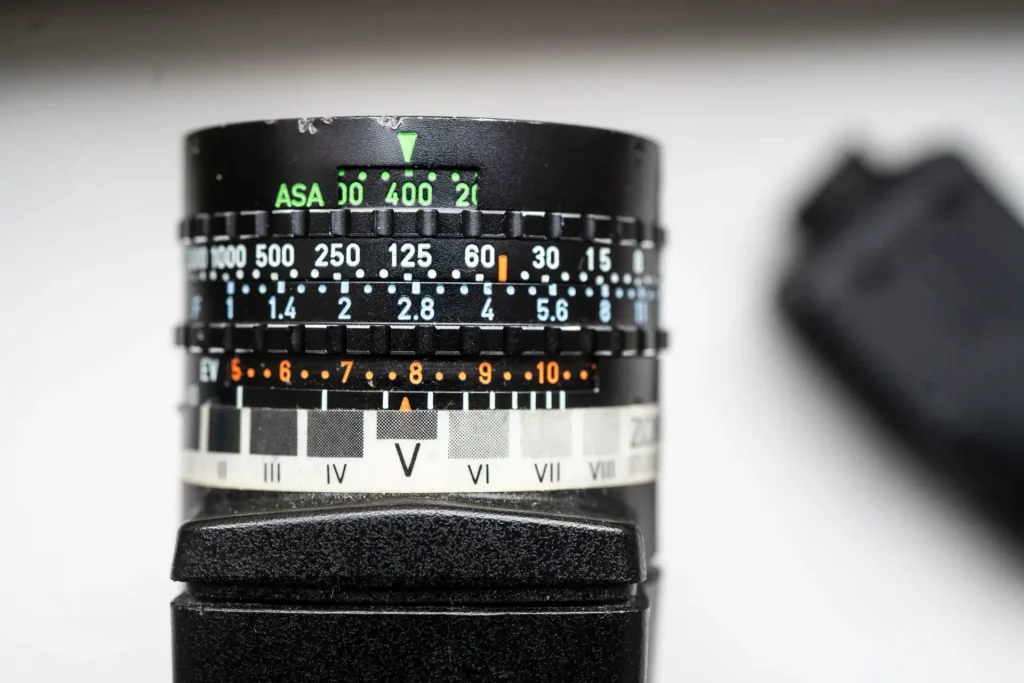
Nick Carver’s Precision Metering Method mode
The final mode, which I must admit I haven’t used is the Nick Carver’s Precision Metering Method mode. As far as I can work out, this is an adaptation of the zone system that essentially allocates descriptors to the zones. As such, it seems to work very similarly. Pick a target, allocate a descriptor, then compare it with other areas in the scene. I have a Hasselblad SWC on loan at the moment, and haven’t had a chance to take it out. I’m going to try this mode when I do and see how I get on. I will report back as part of the inevitable SWC review, I expect.
Build Quality
Before I close, just a final comment on build quality. Matt is a big proponent of 3D printing as a viable method of production. Some people aren’t. I’m not here to convince anyone that Matt is right, but as someone who has used a number of 3D printed camera related products, I see no issue at all. It’s lightweight and apparently durable, so I can’t see the issue.
The only thing that I do think let’s the Reveni spot meter down in terms of build quality is that fact that my one at least has a little bit of a rattle. I asked Matt about this and he tells me it’s a product of the tolerances in the size of the lens vs tolerances in the 3d printed material. To begin with, I must admit, I did feel like this let the product down, but having owned the Reveni Labs spot meter for a few months now, I’ve totally got over it – mostly because you have to shake it to hear the rattle, which I don’t often do.
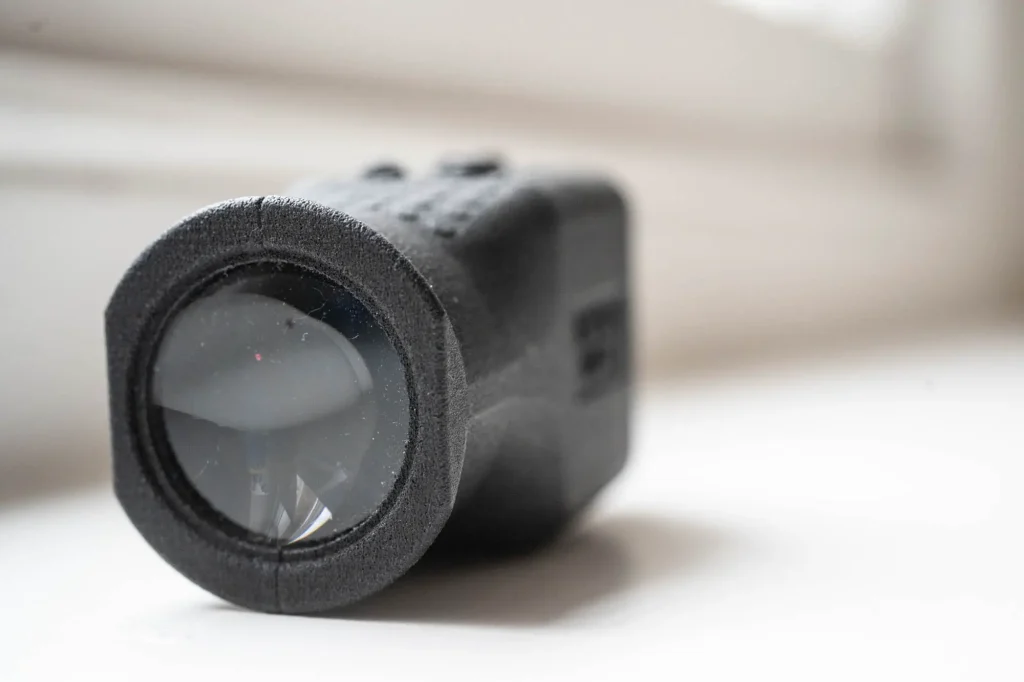
Final Thoughts
In many ways, I’m not the right person to review the Reveni Labs spot meter. I’m no big user of spot meters so have little ability to make comparison or talk about how well it works as part of my workflow. That said, I do feel as though I have got under the skin of this meter in the weeks and months I’ve been tinkering with it.
For all that the Reveni Labs spot meter is a little fiddly to use, it has really surprised me when it comes to how feature packed it is. 4 little buttons and OLED screen somehow amounts to a meter that offers 4 different ways of metering – and I haven’t even touched on the various settings and configuration options (detailed on the Reveni website here). Moreover, thanks to its small size, I have actually been more inclined to take it out to meter with. Which is more than can be said for my Pentax which has spent a good few years languishing in the back of my cabinet. And that’s probably where it will stay too now – I just can’t actually see me reaching for it that often when I can carry something so much smaller and lighter.
I think that’s what will draw other people to the Reveni Labs spot meter too. Like the Reveni shoe meter, the USP is the size. But also like the shoe meter – beyond the slightly fiddly nature – there isn’t much of a compromise in terms of features and spec for what it is. And that’s ultimately why, all in all, I have found myself very impressed with this little spot meter. Kudos to Matt, a very well thought about and designed product!
Share this post:
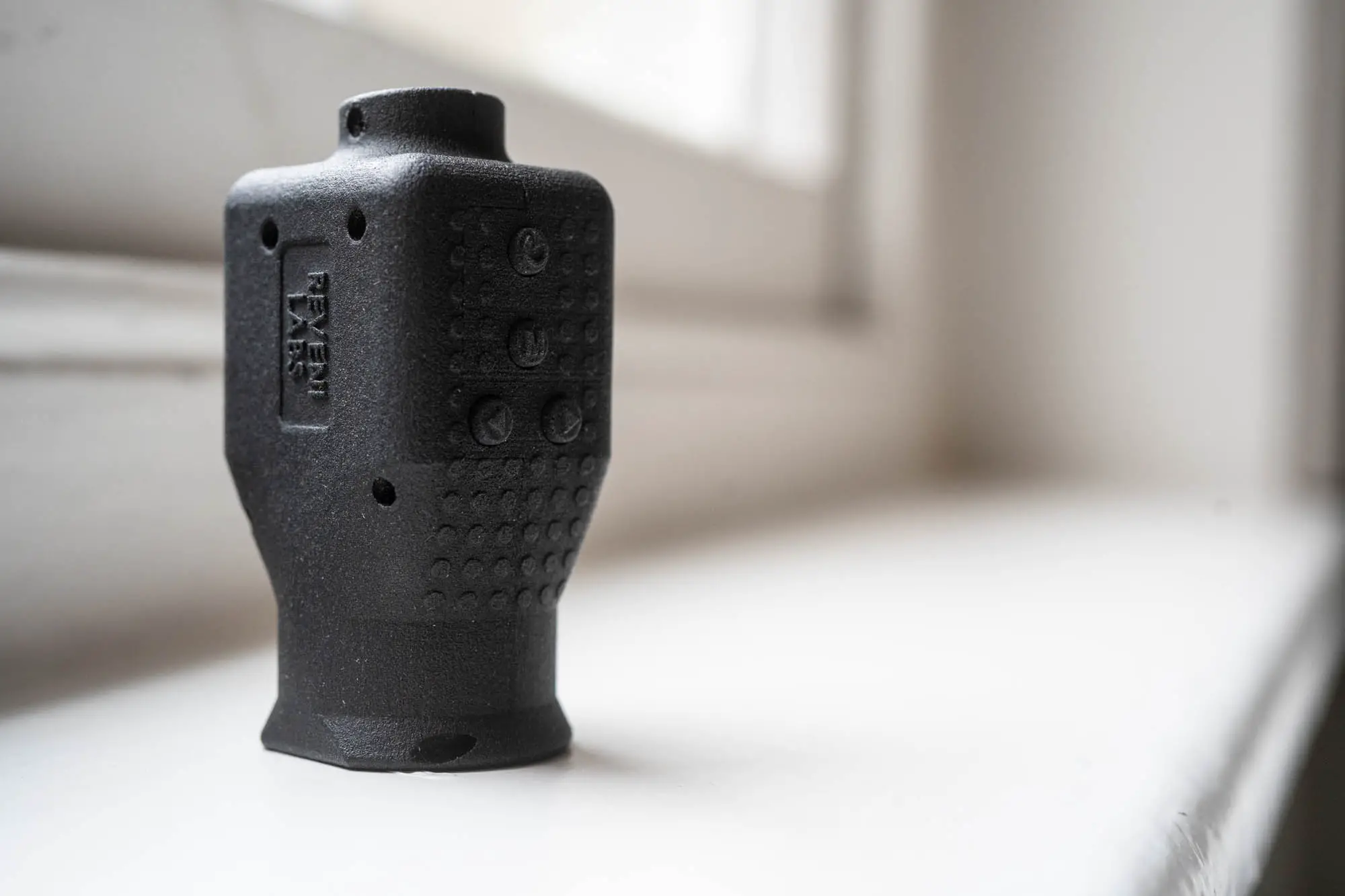


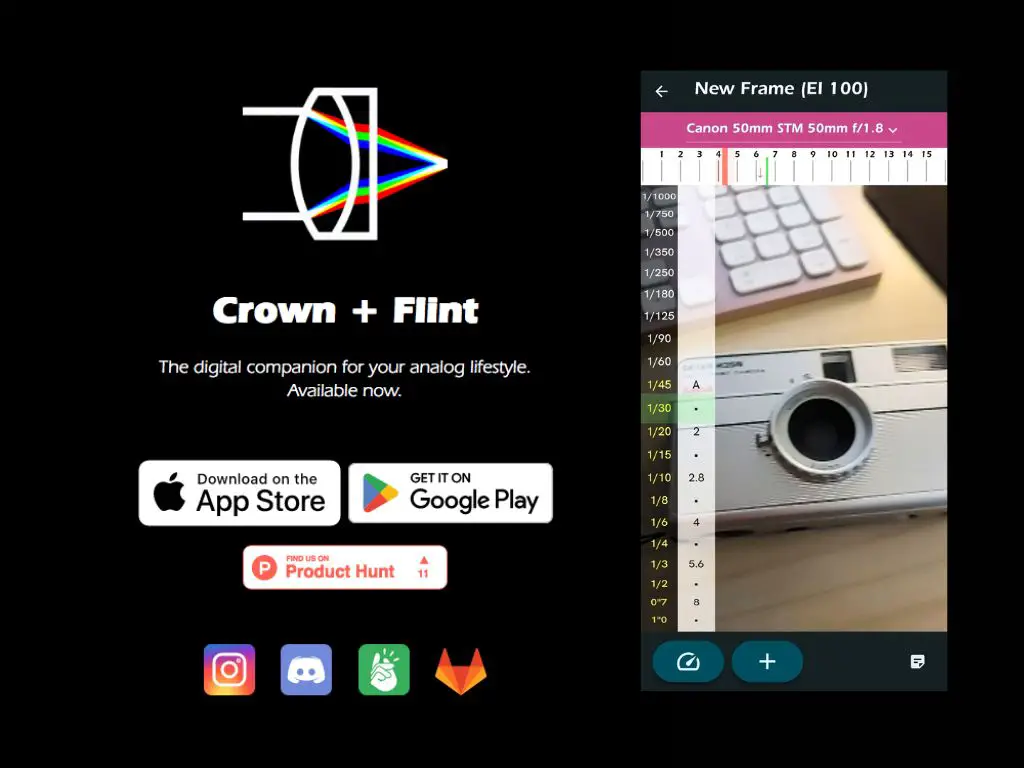





Comments
Kevin Lord on Reveni Labs Spot Meter Review
Comment posted: 17/01/2022
Comment posted: 17/01/2022
Marco Andrés on Reveni Labs Spot Meter Review
Comment posted: 17/01/2022
• Corrects white balance
• Corrects perspective
• Blocks out the interference of the s« lens hood" »lens hood" [aka nose]
• Remembers the complete scene, even though it is processed in bits [Transaccadic memory]
• Stabilises the Image [saccadic suppression of image displacement].
• Makes the scene appear to be in focus everywhere [saccadic masking: permits fine detail]
• Exposure compensation for moderately intense backlit subjects
• Superimpose objects onto the scene [augmented reality], as your wife noted
And more
It does however have problems
• adjusting to severe changes in luminance [bright sun to/from indoors]
• processing rapid flashes.
• colour perception [red/green blindness]
• Near/far sightedness
• Colour shift in low intensity light
And more
Alex Vye on Reveni Labs Spot Meter Review
Comment posted: 17/01/2022
Comment posted: 17/01/2022
Comment posted: 17/01/2022
Jamie W on Reveni Labs Spot Meter Review
Comment posted: 17/01/2022
Comment posted: 17/01/2022
Comment posted: 17/01/2022
Comment posted: 17/01/2022
Castelli Daniel on Reveni Labs Spot Meter Review
Comment posted: 20/01/2022
Thanks for the review. I’ve never been a fan of spot metering. I’ve got a functional meter on my CL, but I never use it. I rely on the clip-on Voigtlander II meter.
But, this new meter seems to fill a need for a small & accurate multi-functional tool.
But, the ideal is to arrive at a point that you just look at a scene, and guess the correct exposure like those famous Magnum photographers. I’ve never reached that plateau. I need a meter because I’m a mere mortal…
Michael Smallman on Reveni Labs Spot Meter Review
Comment posted: 28/03/2022
Also, Matt supplied a lanyard and fitting with mine - they had been mentioned at some point in the campaign. You have to wonder what he might come up with next.
Greetings from Ireland,
Michael